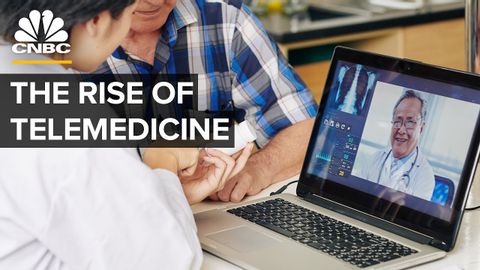远程医疗是医疗保健的未来吗(Is Telemedicine The Future Of Health Care?)
joey joey 發佈於 2021 年 05 月 09 日  沒有此條件下的單字
沒有此條件下的單字US /spɪˈsɪfɪk/
・
UK /spəˈsɪfɪk/
US /ˈkrɑnɪk/
・
UK /'krɒnɪk/
US /pænˈdɛmɪk/
・
UK /pæn'demɪk/
- adj.(疾病)大規模流行的,廣泛蔓延的
- n.大流行病
- n. (c./u.)通道;接近或使用的機會;訪問
- v.t.訪問
- v.t./i.存取(資料);訪問

